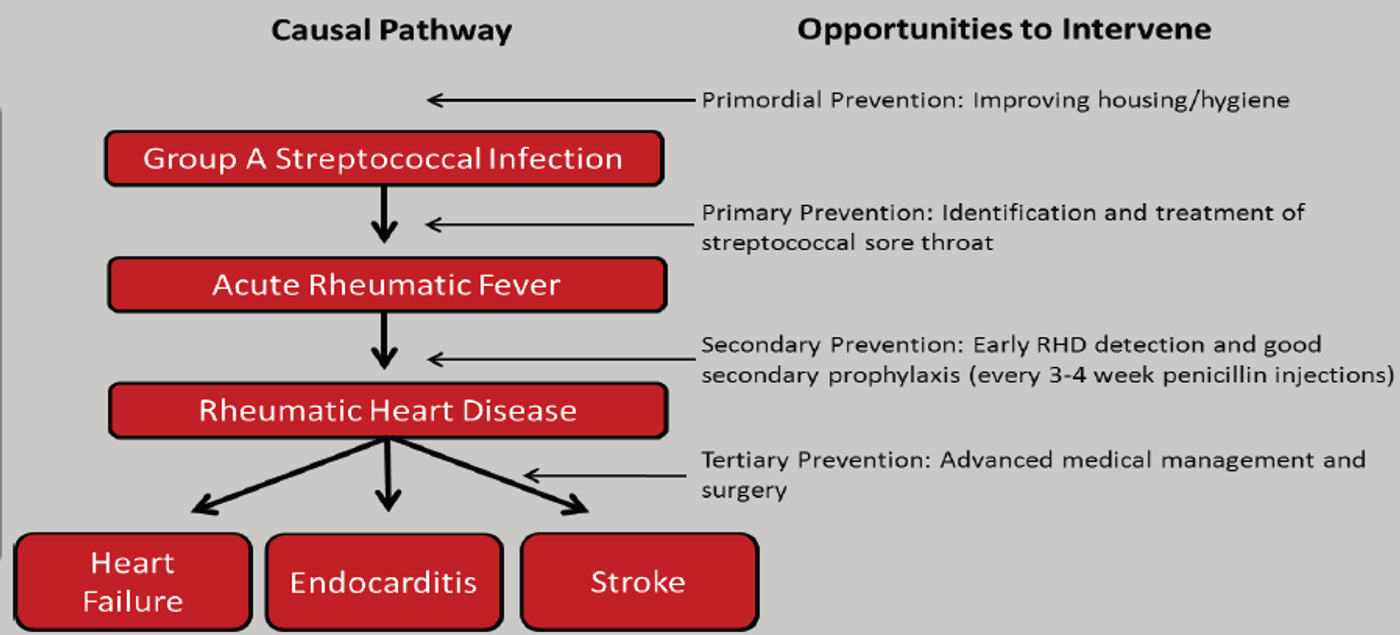Nearly 75 percent of children grow up in an area where rheumatic heart disease (RHD) is endemic, meaning the disease is regularly found in residents of a certain area, yet RHD is essentially eradicated in most high-income countries. In a new study published in
JAMA Cardiology, scientists from the Bern University Hospital studied the prevalence of RHD in Eastern Nepal children, results of which were considered to be representative of RHD impact in most developing countries.
With more than five thousand children participants aging between five and fifteen years old involved in the study, the Bern scientists were able to make important conclusions about the impact of RHD. They collected a “focused medical history” from each patient as well as conducted a short physical exam. Data from a cardiac auscultation, a method using a stethoscope to listen to the sounds of the heart, and a transthoracic echocardiography, a procedure to identify problems with the heart or surrounding blood vessels, were also obtained (
Drugs.com).
They found signs of RHA in approximately 10.2 out of every 1000 children, with the rate increasing as children grew older:
- 5.5 out of 1000 children 5 years of age
- 16.0 out of 1000 children 15 years of age
In addition, the silent form of the disease occurred five times as often as the manifest form of the disease.
“Early detection of silent disease may help prevent the progression to severe valvular damage,” the scientists believe. With the right steps, RHD eradication could be within reach for children in both developing and developing countries.
Source:
The JAMA Network Journals









